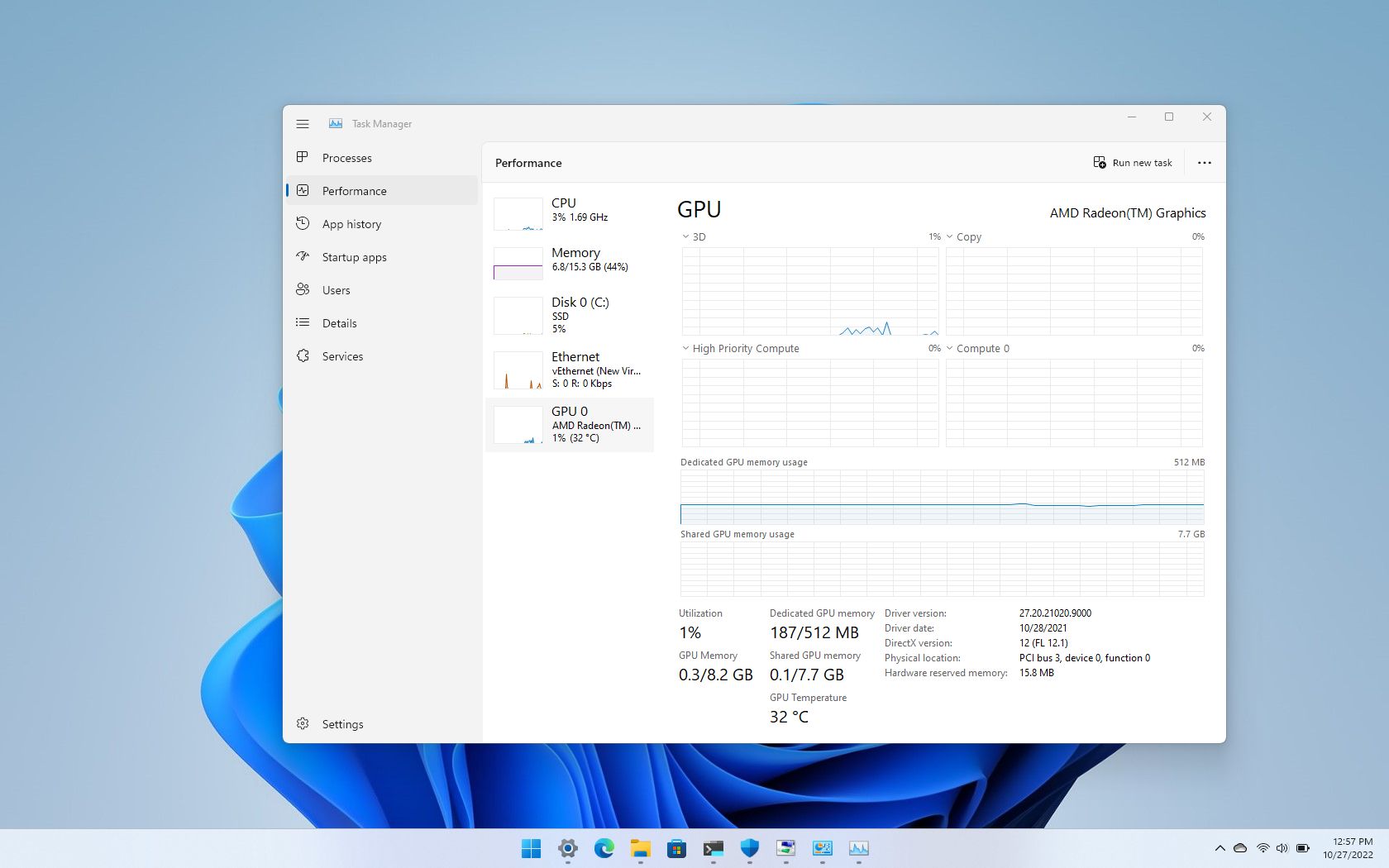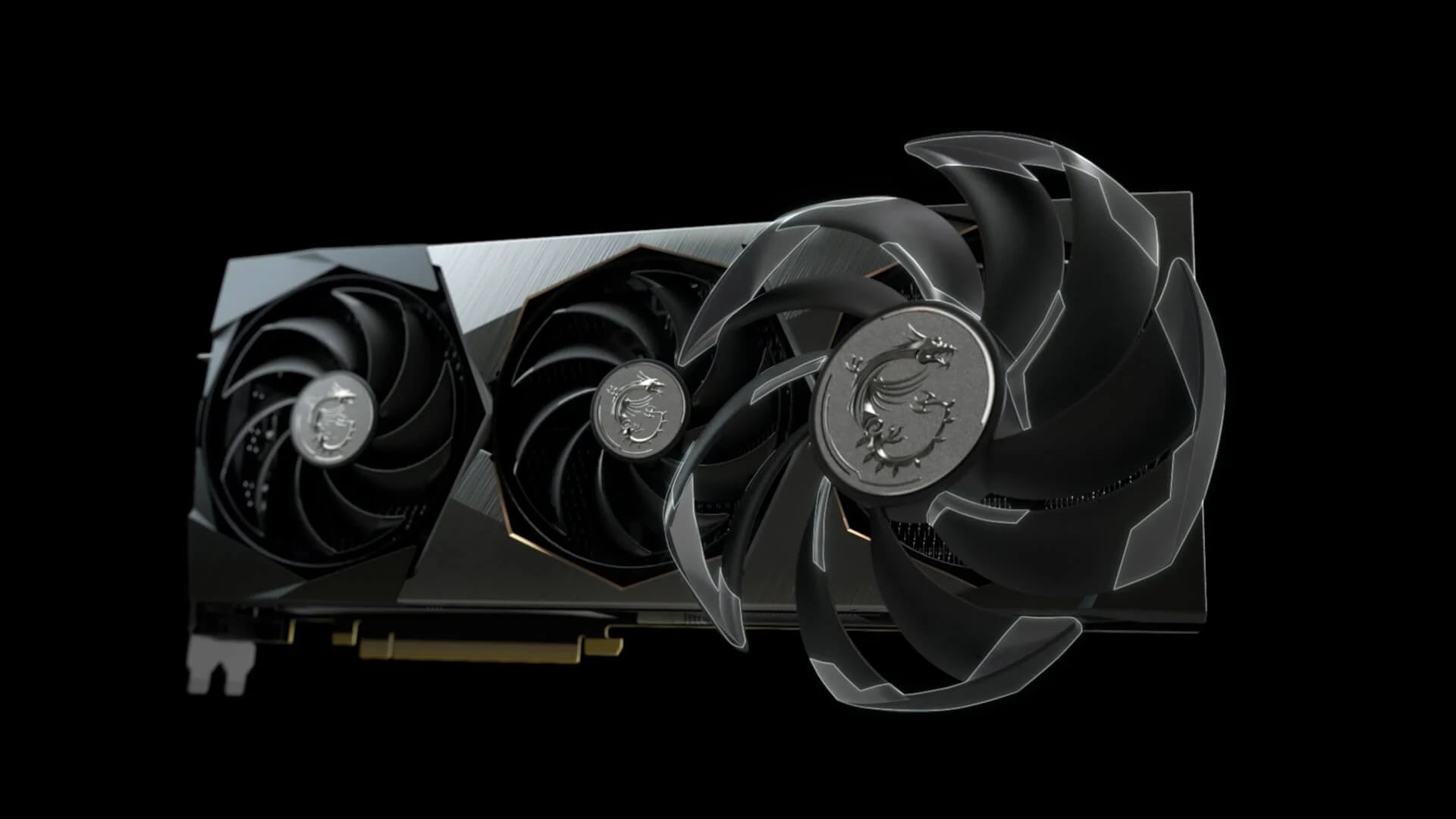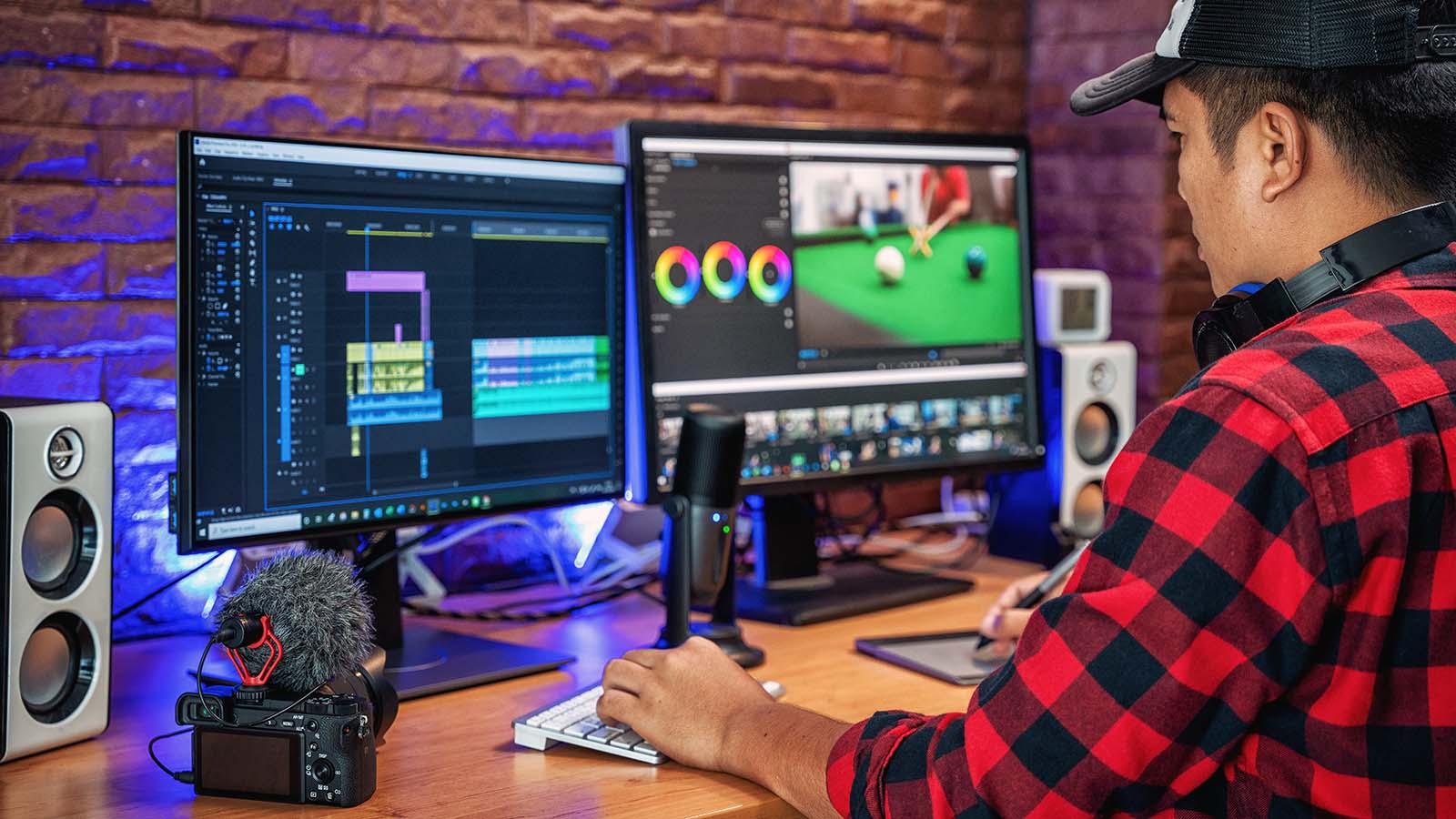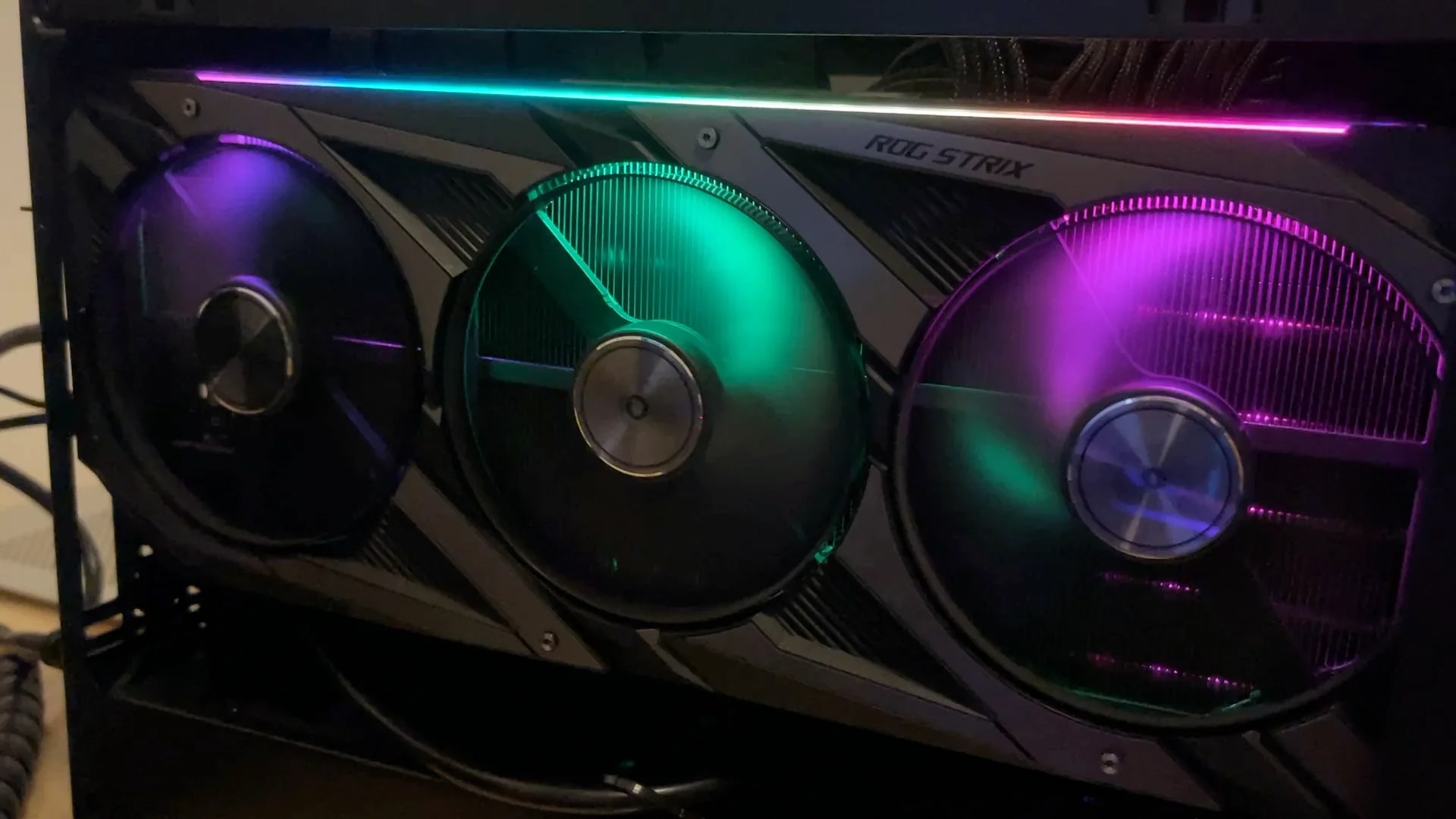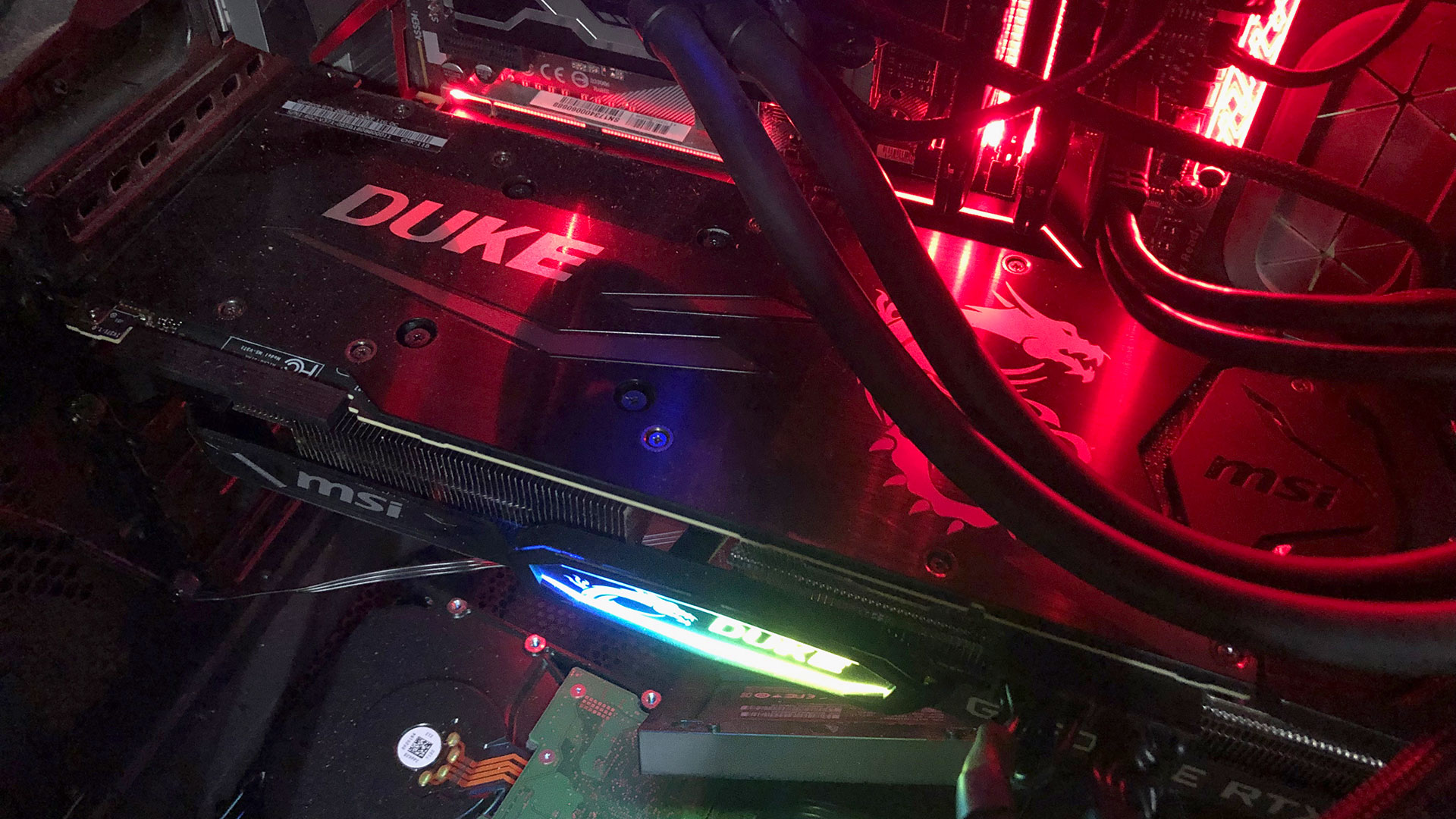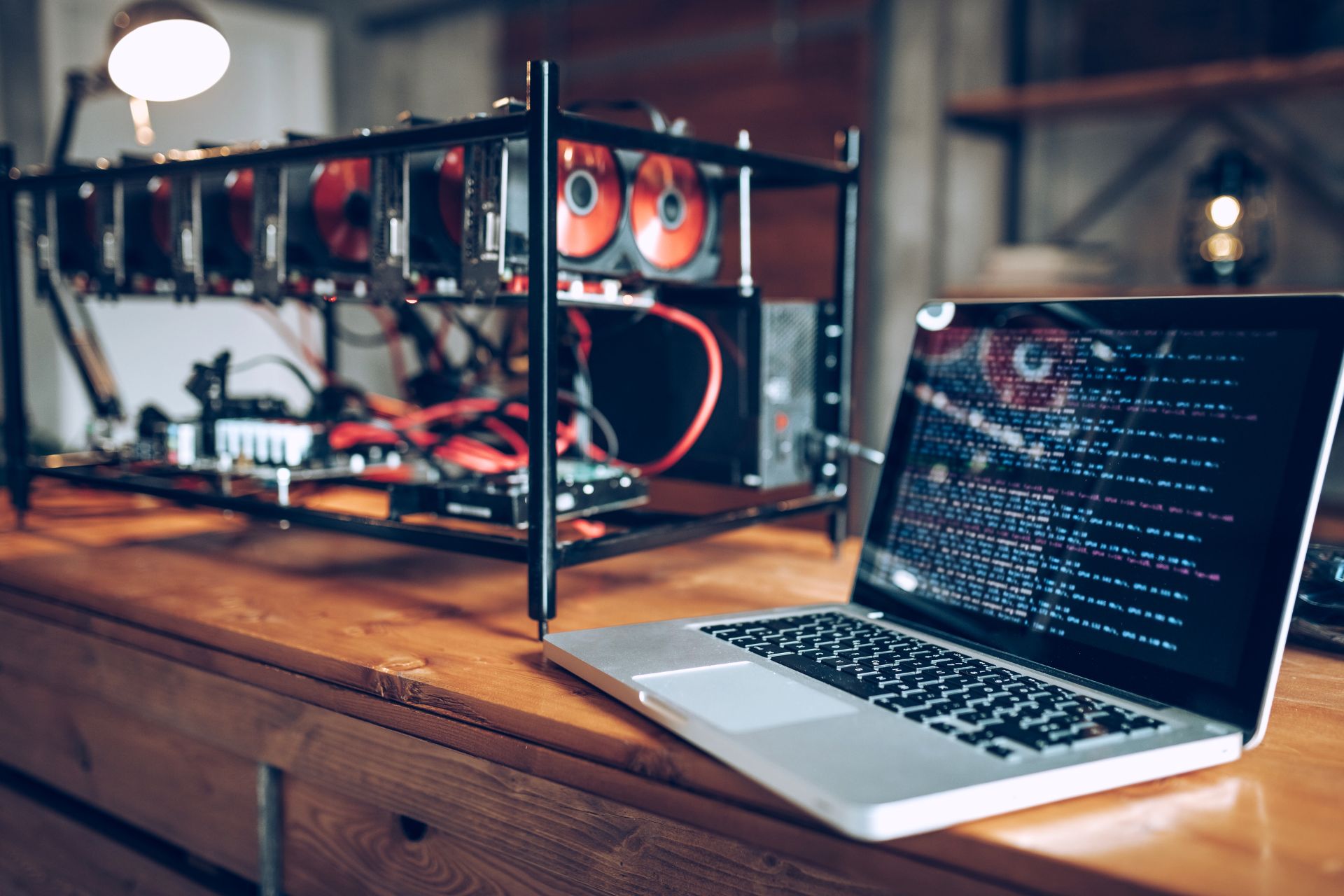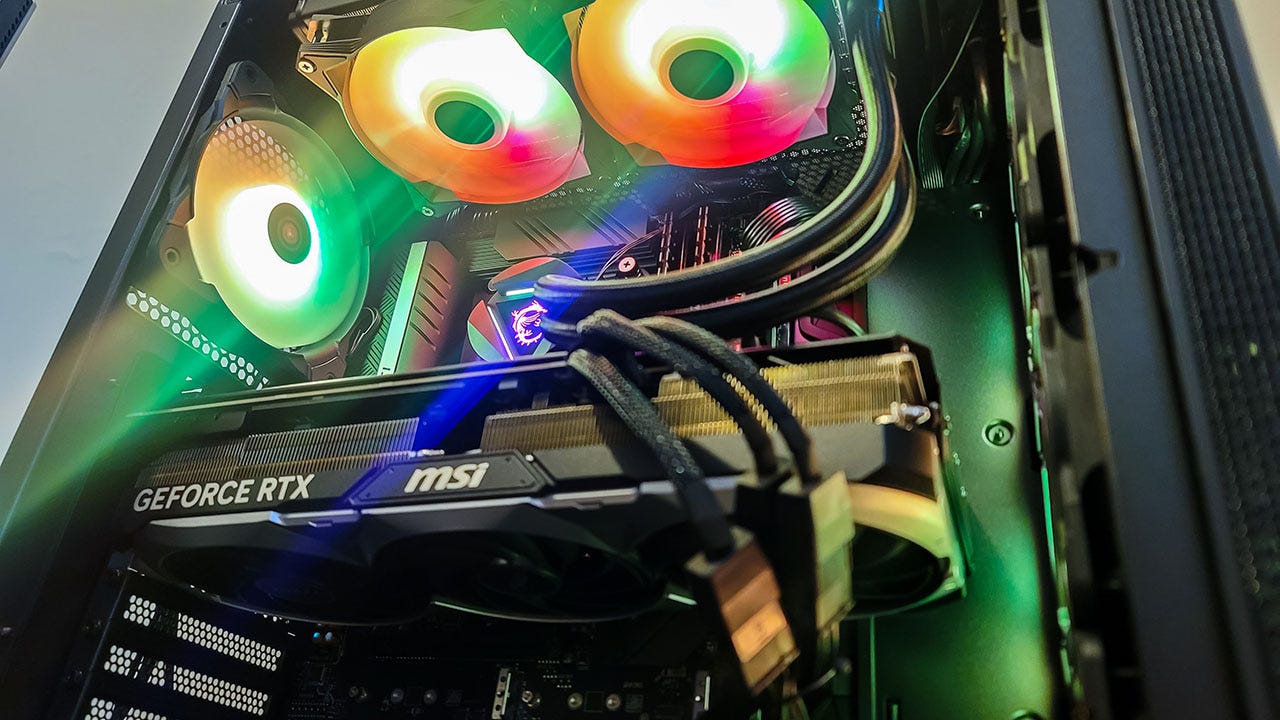Introduction
Welcome to our guide on how to check graphics card temperature. Graphics cards play a vital role in ensuring smooth and powerful graphical performance on your computer. However, they can generate a significant amount of heat during operation. Monitoring the temperature of your graphics card is crucial to ensure it is running within safe limits and to prevent potential issues such as overheating and performance degradation.
Whether you are a gamer, a content creator, or simply a computer enthusiast, understanding how to check your graphics card temperature is essential for maintaining its longevity and optimal performance. In this article, we will walk you through the process of checking your graphics card temperature on various operating systems, including Windows, macOS, and Linux.
By regularly monitoring your graphics card temperature, you can take proactive measures to prevent overheating and potential damage. Additionally, monitoring the graphics card temperature can also help identify any cooling issues with your system, such as insufficient airflow or a malfunctioning fan.
In the following sections, we will provide step-by-step instructions on how to check the temperature of your graphics card on different operating systems. We will also discuss the recommended temperature ranges for optimal performance and provide some valuable tips to help you lower your graphics card temperature.
Remember, the goal is to strike a balance between cool temperatures and optimal performance. So, let’s dive into the various methods of checking graphics card temperature on different platforms, and equip ourselves with the knowledge to ensure our systems are running cool and efficiently.
What is graphics card temperature?
Graphics card temperature refers to the measurement of how hot the graphics processing unit (GPU) on your graphics card is during operation. The GPU is responsible for rendering and processing complex graphics, making it one of the most critical components in modern computers, especially for gaming and graphic-intensive tasks.
Graphics cards generate heat during operation due to the high-performance nature of the GPU and the electrical power consumed. As the GPU processes data and performs calculations, it generates heat as a byproduct. Without proper cooling, the temperature of the graphics card can increase rapidly, potentially leading to thermal throttling, performance issues, or even hardware failure.
The graphics card temperature is typically measured in Celsius (°C) or Fahrenheit (°F). It provides an important metric for assessing the health and performance of your graphics card. Monitoring the temperature allows you to identify any potential overheating issues and take appropriate steps to prevent damage.
Several factors can influence the graphics card temperature, including the workload on the GPU, ambient room temperature, cooling efficiency, and the design and capabilities of the specific graphics card model. Higher workload activities such as gaming or rendering will push the GPU harder and consequently raise the temperature. Similarly, insufficient cooling solutions or a poorly ventilated computer case can contribute to higher temperatures.
It’s important to note that different graphics card models may have different acceptable temperature ranges. While manufacturers generally design graphics cards to operate safely within certain temperature limits, it’s best to stay within the recommended temperature range to ensure stability and longevity.
Understanding the graphics card temperature and its implications will enable you to monitor and maintain the health of your GPU effectively. In the next sections, we will explore how to check the graphics card temperature on various operating systems and discuss the ideal temperature ranges for optimal performance.
Why is it important to check graphics card temperature?
Checking the graphics card temperature is essential for several reasons. Maintaining a stable and optimal temperature range for your graphics card ensures longevity, stability, and peak performance. Here are some key reasons why monitoring the graphics card temperature is important:
- Preventing overheating: Graphics card components, especially the GPU, can reach high temperatures during heavy workload activities such as gaming or rendering. If the temperature exceeds safe limits, it can lead to thermal throttling, system instability, and even permanent damage to the graphics card.
- Preserving performance: High temperatures can negatively impact the performance of your graphics card. As the GPU heats up, it may start to throttle its performance to avoid reaching critical temperature levels. This can result in decreased frame rates, stuttering, and overall reduced performance in games or graphic-intensive applications.
- Increasing longevity: Overheating can significantly decrease the lifespan of your graphics card. Exposing your GPU to consistently high temperatures can cause wear and tear on the components, potentially leading to premature failure. By monitoring and maintaining optimal temperatures, you can prolong the life of your graphics card and avoid costly replacements.
- Detecting cooling issues: Monitoring the graphics card temperature can help identify any cooling-related issues with your system. If you notice unusually high temperatures, it could indicate problems with your cooling setup, such as insufficient airflow or a malfunctioning fan. Addressing these issues promptly can prevent further damage to your graphics card and other components.
By regularly checking the graphics card temperature, you can take proactive measures to prevent overheating, maintain optimal performance, and extend the lifespan of your graphics card. This ensures that your system runs smoothly and reliably, whether you’re gaming, editing videos, or performing other graphic-intensive tasks.
Next, we will explore the step-by-step methods for checking graphics card temperature on Windows, macOS, and Linux, so you can effectively monitor and manage your GPU’s temperatures.
How to check graphics card temperature on Windows
Windows provides several methods to check the temperature of your graphics card. Let’s explore two common approaches:
- Using third-party software: There are numerous third-party software applications available that can provide detailed information about your graphics card, including temperature readings. One popular option is GPU-Z. It’s a lightweight and user-friendly tool that displays real-time temperature data along with other important GPU metrics. To use GPU-Z, simply download and install the program from the official website, launch it, and navigate to the “Sensors” tab. Here, you will find the temperature readings for your graphics card.
- Using built-in system utilities: Windows 10 also includes system utilities that can display information about your graphics card, including its temperature. One such utility is the Windows Task Manager. To access it, right-click on the taskbar and select “Task Manager” from the menu. In the Task Manager window, click on the “Performance” tab and then select “GPU” from the left menu. Here, you will find the current temperature and other GPU-related details. Another built-in option is the DirectX Diagnostic Tool. To access it, press the Windows key + R to open the Run dialog, type “dxdiag,” and hit Enter. In the DirectX Diagnostic Tool window, navigate to the “Display” tab, where you can find your graphics card model and its current temperature.
Using these methods, you can conveniently monitor and stay informed about the temperature of your graphics card on Windows. Regularly checking the temperature will help ensure that your GPU is running within optimal limits and that you can take necessary steps to prevent overheating or performance issues.
Next, we will explore how you can check the graphics card temperature on macOS.
How to check graphics card temperature on macOS
Checking the graphics card temperature on macOS can be done using built-in utilities or third-party applications. Let’s explore a couple of ways to monitor your graphics card temperature:
- Using built-in Activity Monitor: macOS comes with a built-in utility called Activity Monitor that provides information about various system resources, including the graphics card temperature. To open Activity Monitor, go to Applications > Utilities, or use the Spotlight search (Cmd + Space) to find and launch it. In the Activity Monitor window, navigate to the “Energy” tab, and you will find the GPU temperature displayed for your graphics card.
- Using third-party software: If you prefer a more advanced and detailed monitoring solution, you can opt for third-party software like iStat Menus or Macs Fan Control. These applications not only provide temperature readings but also offer additional features to customize fan speeds, monitor CPU usage, and more. Simply download and install the chosen software, follow the setup instructions, and you’ll have access to real-time graphics card temperature data.
By regularly checking the graphics card temperature on your macOS system, you can ensure that your GPU is running within safe limits and take necessary actions to prevent overheating and performance issues.
Now, let’s move on to the next section, where we will discuss how to check the graphics card temperature on Linux systems.
How to check graphics card temperature on Linux
Linux provides various tools and command-line utilities that allow you to monitor the temperature of your graphics card. Here are two common methods to check the graphics card temperature on Linux:
- Using the command line: Linux distributions often come with command-line tools like ‘sensors’ or ‘lmsensors’ that provide access to system sensor readings, including GPU temperature. To use these tools, open a terminal window and install ‘lm-sensors’ if it’s not already installed. Then, run the command ‘sensors’ or ‘sensors-detect’ to detect and load the necessary modules. After successful initialization, running ‘sensors’ will display temperature readings for different components, including your graphics card. Keep in mind that the output may vary depending on your hardware configuration and the sensors supported.
- Using third-party software: Another option is to use third-party software designed specifically for monitoring and managing hardware on Linux. One such software is ‘NVIDIA-SMI’ for NVIDIA graphics cards. Install the necessary NVIDIA drivers for your card, open a terminal, and run the command ‘nvidia-smi’ to get an overview of your GPU, including the current temperature. If you have an AMD/ATI graphics card, you can use the ‘radeontop’ tool to monitor various metrics, including temperature. Simply install ‘radeontop’ and run it from the terminal to access temperature readings.
By utilizing these command-line tools or third-party software, you can efficiently monitor the graphics card temperature on your Linux system. Regularly checking the temperature will help you ensure that your GPU is operating within safe limits, preventing overheating and potential performance issues.
Next, let’s discuss the recommended temperature ranges for graphics cards to maintain optimal performance.
Recommended graphics card temperature ranges
Graphics cards have different temperature tolerances depending on the model and manufacturer. While specific temperature ranges may vary, here are some general guidelines to help you understand the recommended temperature ranges for graphics cards:
- Idle temperature: When your system is at idle, meaning it is not under heavy load, the graphics card should operate at a relatively low temperature. The idle temperature can range from 30°C to 50°C, depending on the ambient temperature and the cooling efficiency of your system.
- Load temperature: During intensive tasks such as gaming or rendering, the graphics card will experience increased workload and generate more heat. The load temperature can vary significantly depending on factors like the GPU model, cooling solution, and ambient temperature. As a general guideline, it is recommended to keep the load temperature below 85°C. While graphics cards can handle higher temperatures, it is best to stay within this range to ensure optimal performance and longevity.
- Critical temperature: Most graphics cards have built-in safety measures to protect against overheating. If the temperature exceeds a certain threshold, usually around 95°C, the graphics card may start throttling its performance or even shut down to prevent damage. It is crucial to monitor and avoid reaching this critical temperature range.
It’s essential to note that individual GPU models may have specific temperature specifications. Manufacturers often provide recommended temperature ranges or maximum allowable temperatures in their user manuals or on their websites. It’s advisable to refer to the documentation specific to your graphics card model for accurate temperature guidelines.
Monitoring and maintaining optimal graphics card temperatures within the recommended range not only ensures stable performance but also extends the lifespan of your GPU. Now, let’s explore some tips to lower the graphics card temperature and improve cooling efficiency.
Tips to lower graphics card temperature
If you’re concerned about high graphics card temperatures or experiencing performance issues due to overheating, here are some effective tips to help lower the graphics card temperature:
- Ensure proper airflow: Good airflow within your computer case is crucial for cooling components, including the graphics card. Make sure your computer case has adequate cooling fans and that they are properly positioned to create a steady flow of air. Removing any obstructions and organizing cables can also improve airflow.
- Clean dust and debris: Over time, dust and debris can accumulate on the graphics card and its cooling fans, hindering proper airflow. Regularly clean your graphics card using compressed air or a soft brush to remove any accumulated dust, ensuring optimal heat dissipation.
- Check and adjust fan speeds: Most modern graphics cards have automatic fan control, but you can also manually adjust the fan speeds using software tools provided by the manufacturer or third-party applications. Increasing fan speeds can enhance cooling performance, but it may also result in additional noise.
- Improve case cooling: Consider installing additional case fans or upgrading to more efficient cooling solutions like liquid cooling. Ensuring proper ventilation and cooling throughout your computer case can significantly lower the temperature of your graphics card.
- Apply thermal paste: Over time, the thermal paste between the graphics card and the heatsink can degrade, leading to poor heat transfer. If you have experience and are comfortable doing so, you can replace the thermal paste with a high-quality thermal compound to improve heat dissipation.
- Manage software settings: Adjusting graphics card settings in software can help lower temperatures. For example, reducing the screen resolution or lowering graphics settings in games and applications can reduce GPU workload and subsequently decrease temperatures.
- Avoid overclocking: Overclocking your graphics card increases its performance but also raises the temperature significantly. If you’re experiencing high temperatures, consider resetting any overclocking settings back to their default values.
Implementing these tips can help lower the temperature of your graphics card and improve overall cooling efficiency. However, it’s important to strike a balance between temperature reduction and performance. By monitoring your graphics card temperatures and making necessary adjustments, you can maintain a stable and cool operating environment for your GPU.
Now that you’re equipped with the knowledge on how to check graphics card temperature, optimal temperature ranges, and tips to lower temperatures, you can take proactive steps to ensure your graphics card operates at its best. Remember to regularly monitor your graphics card temperature and make adjustments as needed to maintain a cool and efficient system.
Conclusion
Checking the temperature of your graphics card is an essential task to ensure optimal performance, prevent overheating, and extend the lifespan of your GPU. By monitoring the graphics card temperature, you can detect potential issues early on and take necessary measures to maintain a cool and efficient system.
In this guide, we have covered how to check graphics card temperature on different operating systems, including Windows, macOS, and Linux. Whether utilizing built-in utilities or third-party software, you now have the knowledge to conveniently monitor the temperature of your graphics card on your preferred platform.
We have also discussed the recommended temperature ranges for graphics cards, such as keeping the load temperature below 85°C, to ensure optimal performance and longevity. By staying within these temperature limits, you can prevent potential issues like thermal throttling, instability, and hardware damage.
Additionally, we have provided valuable tips to help you lower the graphics card temperature, such as ensuring proper airflow, cleaning dust and debris, adjusting fan speeds, improving case cooling, applying thermal paste, managing software settings, and avoiding overclocking.
By implementing these recommendations, you can effectively manage the temperature of your graphics card and maintain a cool and stable operating environment for your system.
Remember, regular monitoring of your graphics card temperature is key to a healthy and high-performance GPU. Stay vigilant, take proactive measures, and enjoy uninterrupted gaming, content creation, and graphic-intensive tasks.







